The Free-movement pattern Y-maze: A cross-species measure of working memory and executive function
- PMID: 32748238
- PMCID: PMC8062322
- DOI: 10.3758/s13428-020-01452-x
The Free-movement pattern Y-maze: A cross-species measure of working memory and executive function
Abstract
Numerous neurodegenerative and psychiatric disorders are associated with deficits in executive functions such as working memory and cognitive flexibility. Progress in developing effective treatments for disorders may benefit from targeting these cognitive impairments, the success of which is predicated on the development of animal models with validated behavioural assays. Zebrafish offer a promising model for studying complex brain disorders, but tasks assessing executive function are lacking. The Free-movement pattern (FMP) Y-maze combines aspects of the common Y-maze assay, which exploits the inherent motivation of an organism to explore an unknown environment, with analysis based on a series of sequential two-choice discriminations. We validate the task as a measure of working memory and executive function by comparing task performance parameters in adult zebrafish treated with a range of glutamatergic, cholinergic and dopaminergic drugs known to impair working memory and cognitive flexibility. We demonstrate the cross-species validity of the task by assessing performance parameters in adapted versions of the task for mice and Drosophila, and finally a virtual version in humans, and identify remarkable commonalities between vertebrate species' navigation of the maze. Together, our results demonstrate that the FMP Y-maze is a sensitive assay for assessing working memory and cognitive flexibility across species from invertebrates to humans, providing a simple and widely applicable behavioural assay with exceptional translational relevance.
Keywords: Drosophila; Executive function; FMP Y-maze; Translational research; Working memory; Zebrafish.
Figures
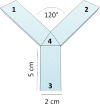



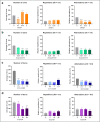
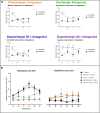



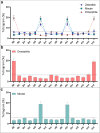


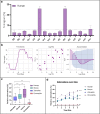
References
-
- Arendash GW, Gordon MN, Diamond DM, Austin LA, Hatcher JM, Jantzen P, DiCarlo G, Wilcock D, Morgan D. Behavioral assessment of Alzheimer’s transgenic mice following long-term Aβ vaccination: Task specificity and correlations between Aβ deposition and spatial memory. DNA and Cell Biology. 2001;20(11):737–744. doi: 10.1089/10445490152717604. - DOI - PubMed
Publication types
MeSH terms
LinkOut - more resources
Full Text Sources
Molecular Biology Databases

